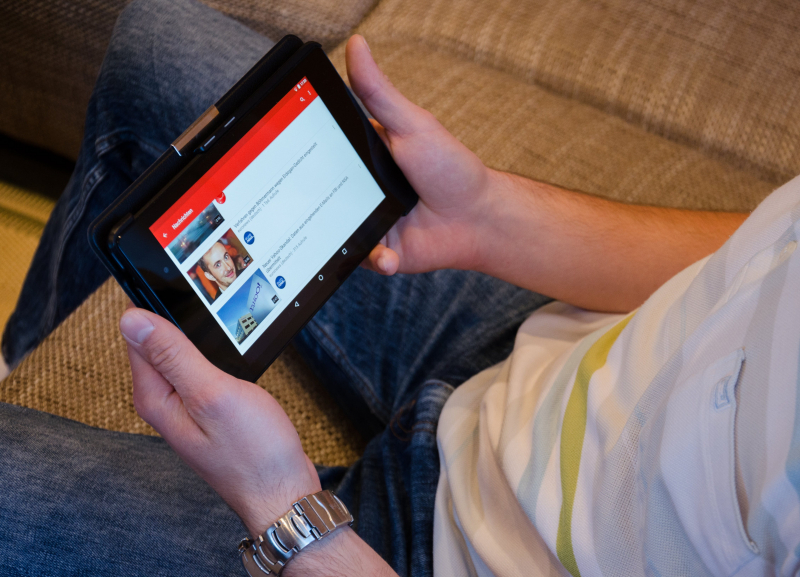Traditional TV and Streaming Services
Essay topic: Traditional TV and Streaming Services.
Answer:
Television has undergone changes in recent times, offering different viewing experiences through traditional TV and streaming services. These two methods of watching shows and movies have distinct features, catering to diverse preferences in entertainment.
Traditional TV, the more established form, involves tuning into scheduled broadcasts via cable or antenna. Viewers rely on television networks to broadcast programs at specific times. This method provides a passive experience, requiring viewers to adjust their schedules to catch their favorite shows at designated times.
Conversely, streaming services are a more recent innovation. They allow users to watch content on-demand, anytime and anywhere. Popular streaming platforms like Netflix, Hulu, and Disney+ offer a vast library of movies and shows that viewers can access at their convenience. This flexibility provides a more active viewing experience, allowing users to choose what to watch and when.
One significant difference lies in content variety. Traditional TV often relies on a limited number of channels, offering a selection of scheduled programs. Streaming services, on the other hand, provide an extensive range of options across genres, including original content produced by the streaming platforms themselves.
Another aspect to consider is the viewing device. Traditional TV typically requires a television set connected to cable or an antenna. In contrast, streaming services allow users to watch content on various devices, such as smartphones, tablets, and smart TVs, enhancing accessibility.
In terms of commercials, traditional TV often includes ad breaks during programs, interrupting the viewing experience. Streaming services, in many cases, offer ad-free or limited-ad viewing experiences, contributing to uninterrupted enjoyment.
In conclusion, traditional TV and streaming services offer distinct ways of consuming entertainment. Traditional TV relies on scheduled broadcasts with a passive viewing experience, while streaming services provide on-demand, flexible content with a more active approach. The choice between them depends on individual preferences, viewing habits, and the desire for flexibility in the modern landscape of television consumption.












